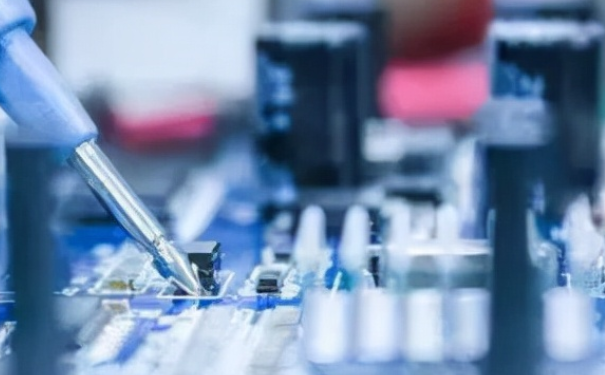How to distinguish the basic requirements and directions for component welding
Date:2023-06-19 17:12:26 Views:3376
The welding of electronic components is a very important part of the electronic manufacturing process, which directly affects the operational performance and reliability of the entire circuit board. During the welding process, each component has its own welding direction, and if the direction is incorrect, it will cause poor operation of the circuit. This article focuses on the issue of how to distinguish the basic requirements and directions of component welding, and briefly explores the relevant knowledge points.
When welding electronic components, it is usually necessary to pay attention to the polarity and direction of the components to avoid welding errors. Below, we will introduce the welding direction requirements for some common components one by one.

Electrolytic capacitor: Electrolytic capacitor can be divided into positive and negative poles. The common ones are electronic camera capacitance, photoelectric coupling capacitance, etc. The end marked with "+" or "-" on the capacitor is the positive electrode and needs to be aligned with the printed words marked with positive and negative electrodes on the circuit board for welding. If the welding is inverted, it is easy to cause the Electrolytic capacitor to burst.
Diode: A diode is a semiconductor device with positive and negative poles. According to the pattern, direct current usually flows from one end pointed by the arrow to the other end pointed by the arrow. So, it needs to be aligned with the printed words marked with positive and negative electrodes on the circuit board for welding. If welding backwards, it can cause damage to the circuit board or prevent it from working properly.
MOSFET transistor: MOSFET transistor is another commonly used transistor, commonly used in applications such as power management and motor drive. Like diodes, MOSFET transistors also have positive and negative electrodes. When soldering, the printed characters with positive and negative electrodes on the circuit board need to be aligned, and attention should be paid to different conduction methods. Do not solder the positive and negative electrodes backwards.
Integrated circuit: Integrated circuits are very common in actual production, but attention should be paid to directional issues during welding. Some integrated circuits require a series of subtle details such as the direction of the pins, the spacing between some pins, and the connection relationship between some pins. Before welding, we need to clearly read the component specifications and welding instructions to ensure correct welding.
So, for different types of components, attention should be paid to the details and directions when welding. In order to ensure the quality of welding and the normal operation of the circuit, we must carefully understand and identify the pins, directions, polarity, etc. of various components before welding them, in order to avoid errors that may cause the circuit board to malfunction. At the same time, when designing circuits, we also need to pay attention to leaving enough space for components to facilitate welding and future maintenance.
The above is the content related to component welding organized by Chuangxin Testing, hoping to be helpful to you. Our company has a team of professional engineers and industry elites, with three standardized laboratories covering an area of over 1800 square meters. We can undertake various testing projects such as electronic component testing and verification, IC authenticity identification, product design and material selection, failure analysis, functional testing, factory incoming material inspection, and tape weaving.




 Weixin Service
Weixin Service

 DouYin
DouYin
 KuaiShou
KuaiShou





















